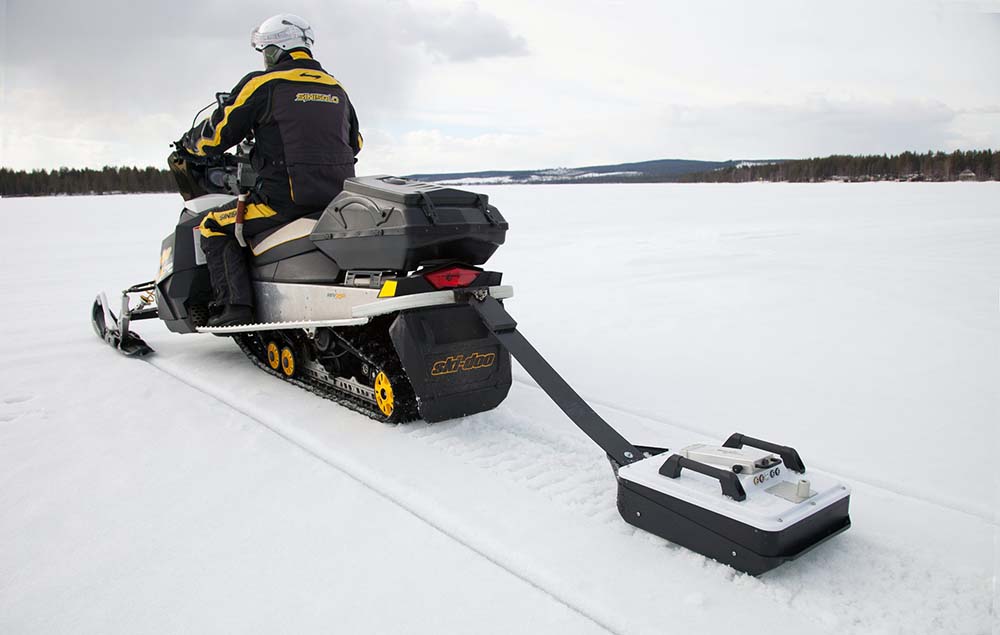Ice & Snow Inspection
Ground penetrating radar (GPR) works exceptionally well in ice and snow, as the properties of these materials allow deep penetration of the GPR signal. Consequently, GPR is a useful tool to measure the depth of ice and snow, the thickness and layer structure, and to find objects buried within.
Why is knowing the thickness of ice or snow important?
-

To understand the status of the polar ice-caps as part of polar research

Helps in our understanding of critical changes in the climate

To determine safe routes of passage for people and machinery on ice crossings

To assist hydrogeologist in calculating fresh-water melt to predict and mitigate flooding

To ensure the safety of winter ice roads or runways
-

To assist in avalanche prediction and monitoring

To evaluate snow thickness, quality, and movement for the proper management of ski slopes and ski resorts

Finding the victims of avalanches

Assisting in the recovering of buried objects such as planes or other items of historical importance




